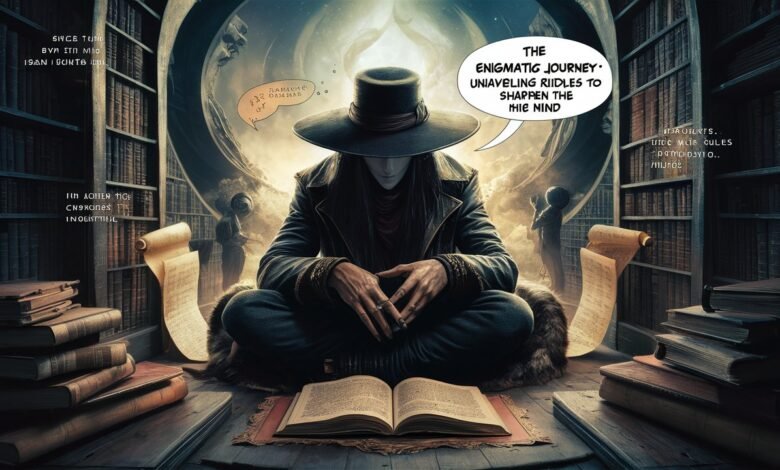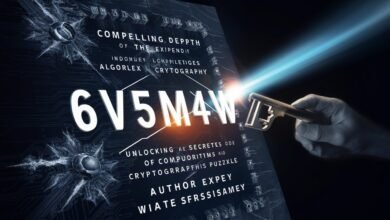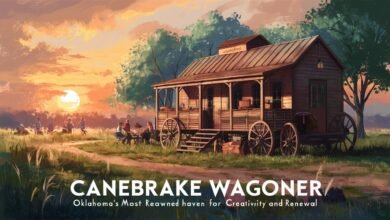The Enigmatic Journey: Unraveling Riddles to Sharpen the Mind

Introduction
Riddles have captivated humanity for millennia, transcending cultures and eras as tools of intellectual play, philosophical inquiry, and cognitive training. At their core, riddles are intricate puzzles that challenge our perception, demand lateral thinking, and reward insight with the satisfying “aha!” moment. This article delves into the art and science of riddle-solving, exploring their structure, psychological benefits, and practical applications. Whether you’re a novice or a seasoned solver, understanding the mechanics behind riddles unlocks not just answers but a sharper, more agile mind. We’ll dissect a classic riddle, provide actionable strategies, and address common curiosities—transforming ambiguity into clarity one enigma at a time.
The Anatomy of Riddles: Beyond Mere Wordplay
Keywords: Linguistic Misdirection, Cognitive Dissonance, Symbolic Layers
Riddles thrive on linguistic misdirection, using double meanings, homophones, or metaphors to lead solvers down false paths. For instance, a riddle describing “a box without hinges, key, or lid” (answer: an egg) exploits literal interpretations of “box” while hinting at a metaphorical container. This creates cognitive dissonance—the mental tension when reality clashes with expectation—forcing solvers to abandon linear logic. Additionally, riddles embed symbolic layers; cultural context or archetypal symbols (e.g., clocks for time, rivers for life) add depth. A riddle’s power lies in this duality: simplicity in phrasing versus complexity in resolution, engaging both intuition and analysis to bridge the gap.
The Riddle-Solving Process: A Step-by-Step Framework
Keywords: Pattern Recognition, Hypothesis Testing, Lateral Thinking
Effective riddle-solving relies on systematic pattern recognition. Solvers must identify recurring motifs (e.g., opposites, cycles) or grammatical cues (e.g., puns, alliteration). Consider this riddle: “I speak without a mouth and hear without ears. I have no body, but I come alive with the wind.” The answer—an echo—emerges by recognizing patterns of “absence” (mouth, ears) linked to natural phenomena. Next, hypothesis testing involves brainstorming possibilities (voice? spirit?) and discarding mismatches through logic (e.g., “no body” eliminates “spirit”). Finally, lateral thinking shifts perspective: here, “wind” isn’t literal but kinetic energy, redirecting focus to sound reverberation. This triad—pattern mapping, iterative testing, and creative reframing—transforms confusion into coherence.
A Classic Riddle Decoded: Case Study
Keywords: Semantic Ambiguity, Contextual Clues, Revelatory Insight
Let’s dissect a timeless riddle:
“The more you take, the more you leave behind. What am I?”
Semantic ambiguity misdirects solvers: “take” implies possession (e.g., objects), while “leave behind” suggests abandonment. Yet contextual clues—verbs devoid of tangible objects—hint at abstract actions. Hypotheses like “time” or “footsteps” arise; testing reveals footprints (taking steps leaves them behind). The revelatory insight? The answer—footsteps—hinges on redefining “take” as movement, not ownership. This exemplifies how riddles compress complex truths into minimalist language, rewarding solvers who embrace paradox.
Psychological and Neurological Benefits of Riddle Practice
Keywords: Neuroplasticity, Metacognition, Dopaminergic Reward
Regular riddle-solving cultivates neuroplasticity by forging new neural pathways. Decoding ambiguities activates the prefrontal cortex (logic) and temporal lobe (language), enhancing problem-solving agility. Simultaneously, metacognition—the awareness of one’s thought process—develops as solvers reflect on missed clues or biases (“Why did I fixate on ‘take’ meaning theft?”). This self-monitoring bolsters real-world decision-making. Neurologically, the “eureka moment” triggers a dopaminergic reward, releasing pleasure chemicals that reinforce learning. Studies show such mental gymnastics may delay cognitive decline, proving riddles are more than entertainment—they’re cognitive calisthenics.
Integrating Riddles into Modern Life: Education and Beyond
Keywords: Pedagogical Tool, Collaborative Problem-Solving, Digital Adaptations
As a pedagogical tool, riddles teach children abstract thinking; math riddles (*”I add 5 to 9 and get 2—how?” Answer: 9 AM + 5 hours = 2 PM*) make concepts tangible. In workplaces, collaborative problem-solving via riddles builds team dynamics, as diverse perspectives unravel layers faster than solo efforts. Digitally, apps and escape rooms adapt riddles into immersive experiences, using digital adaptations like AR clues or coded messages. To start, dedicate 10 minutes daily to riddle journals or online forums—small habits that compound into sharper cognition and creative resilience.
Conclusion
Riddles are microcosms of human ingenuity, distilling complex logic into poetic brevity. They teach us that obstacles—whether linguistic puzzles or life challenges—often conceal elegant solutions when approached with curiosity and flexibility. By embracing the dance between confusion and clarity, we hone not just our minds but our capacity to find wonder in the ordinary. As you ponder the next enigma, remember: every riddle solved is a step toward mastering the greatest puzzle of all—the art of thinking itself.
Frequently Asked Questions (FAQs)
Q1: Why do some riddles feel impossible until you hear the answer?
A: This “curse of knowledge” effect occurs because riddles exploit blind spots in our assumptions. Once the solution is revealed, hindsight bias makes it seem obvious, but the solver initially lacks the critical perspective shift the answer provides.
Q2: Can riddles improve IQ or cognitive abilities long-term?
A: While not directly boosting IQ, riddles enhance fluid intelligence—the ability to solve novel problems. Regular practice improves pattern recognition, working memory, and creative thinking, which contribute to overall cognitive agility.
Q3: Are there cultural differences in how riddles are constructed?
A: Absolutely. Western riddles often prioritize wordplay and logic (e.g., “What has keys but can’t open locks?” A piano), while Eastern traditions (like Zen koans) may use paradox for spiritual insight (e.g., “What is the sound of one hand clapping?”).
Q4: How do I create my own compelling riddle?
A: Start with the answer, then brainstorm metaphors, homophones, or contradictions describing it. For example, for “shadow,” you might craft: “I follow you all day but vanish in darkness. I mirror your moves but never speak.” Test it for misdirection and clarity.
Q5: What if I can’t solve a riddle despite repeated attempts?
A: Step away! Incubation periods allow subconscious processing. Upon returning, re-read the riddle aloud, break it into phrases, or visualize each element. Collaboration also helps—fresh eyes spot overlooked clues.
Final Riddle Challenge:
“I have cities but no houses, forests but no trees, and rivers but no water. What am I?”
Answer: A map. (Cities, forests, and rivers are represented symbolically.)



